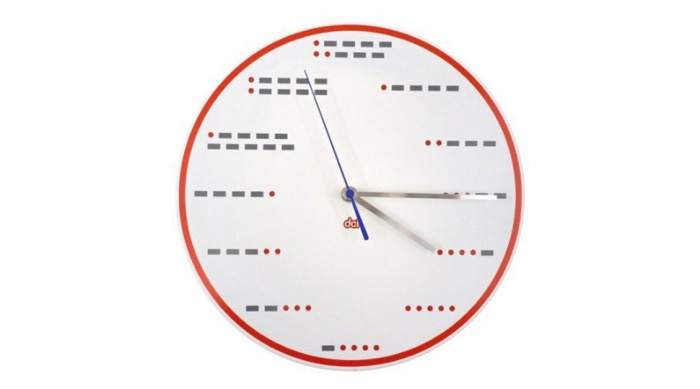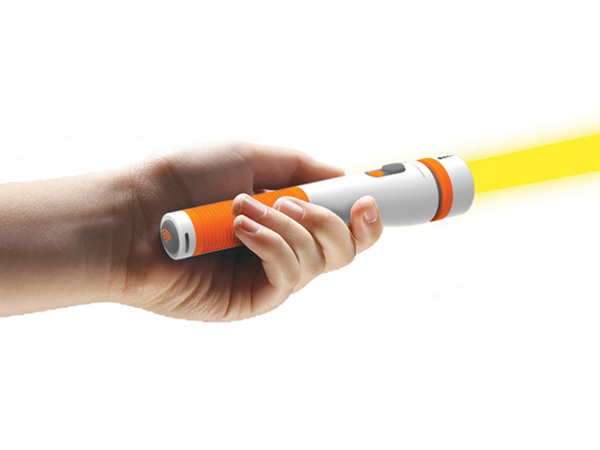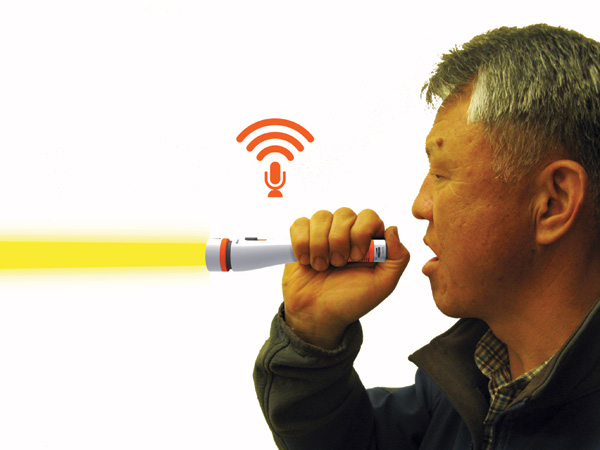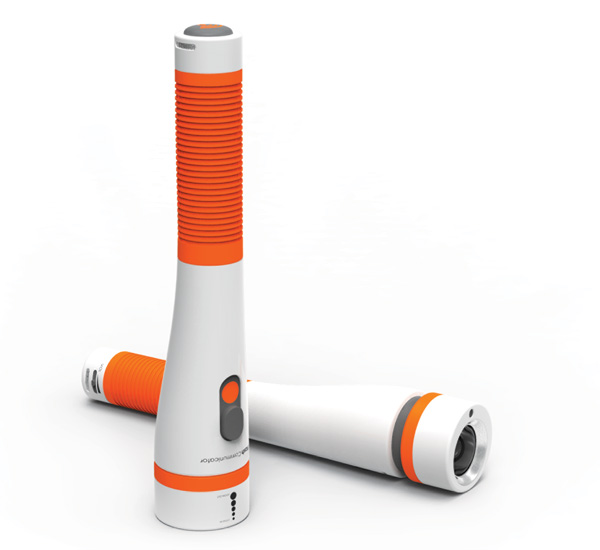Since the advent of e-mail, the internet, and text messaging, the need for amateur radio communication has definitely diminished. But there’s still a small but dedicated group of enthusiasts out there who enjoy communicating via amateur radio, also known as “Ham radio.” Most ham radio transmitters are at least the size of a lunch box, and in some cases the size of a desktop computer. But this ham radio transmitter is small enough to carry in your pocket.

Measuring just 1″ x 1″ x 0.75″, the KeychainQRP won’t transmit your voice or music, but it can send morse code signals using low-power, high-frequency radio waves when you tap on its top-mounted button. Assuming your message recipient has access to a compatible multi-band shortwave radio, they can listen to your transmissions if they’re close enough. The tiny transmitter comes in seven different amateur radio bands, and can produce a 160 milliwatt signal on a single 9-volt battery. You’ll need to attach an external SMA antenna if you want your signal to go anywhere though, and also need a ham radio operators license if you want to use one legally.

You can find all of the different frequency models of the KeychainQRP morse code transmitter for $51.99 each over on the QuirkyQRP Ham Radio shop.
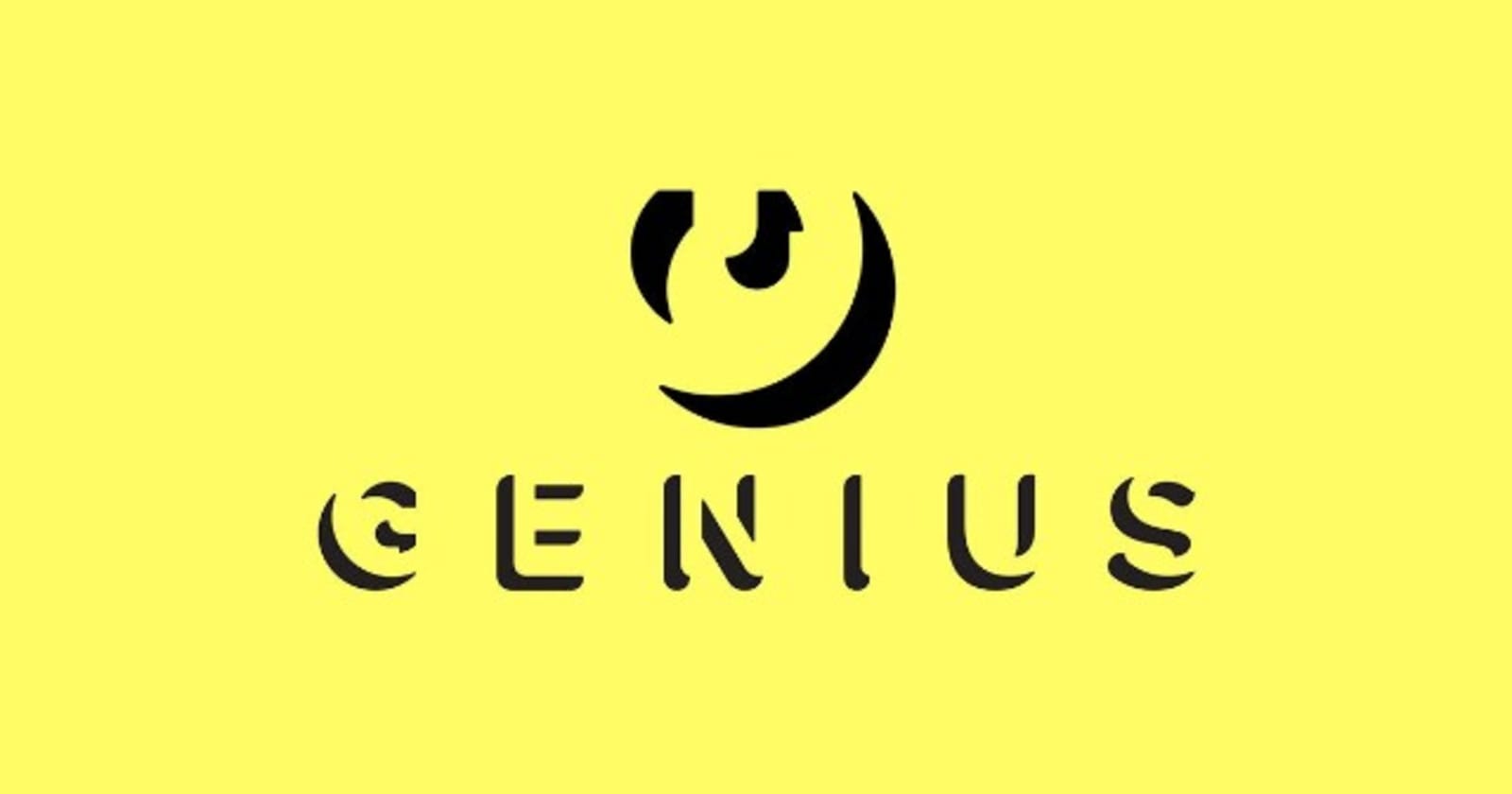 Earlier this year Genius announced it suspected Google of copying its lyrics data -- now it's thrown its weight behind a lawsuit accusing the company of exactly that. According to Genius, lyric licensing company LyricFind pulled lyrics directly from...
Earlier this year Genius announced it suspected Google of copying its lyrics data -- now it's thrown its weight behind a lawsuit accusing the company of exactly that. According to Genius, lyric licensing company LyricFind pulled lyrics directly from...
 We're looking at the single greatest advancement in genetics since Mendelev started growing peas. CRISPR-Cas9 gene-modification technology is powerful enough to cure humanity's worst diseases, yet simple enough to be used by amateur biologists. You t...
We're looking at the single greatest advancement in genetics since Mendelev started growing peas. CRISPR-Cas9 gene-modification technology is powerful enough to cure humanity's worst diseases, yet simple enough to be used by amateur biologists. You t...
